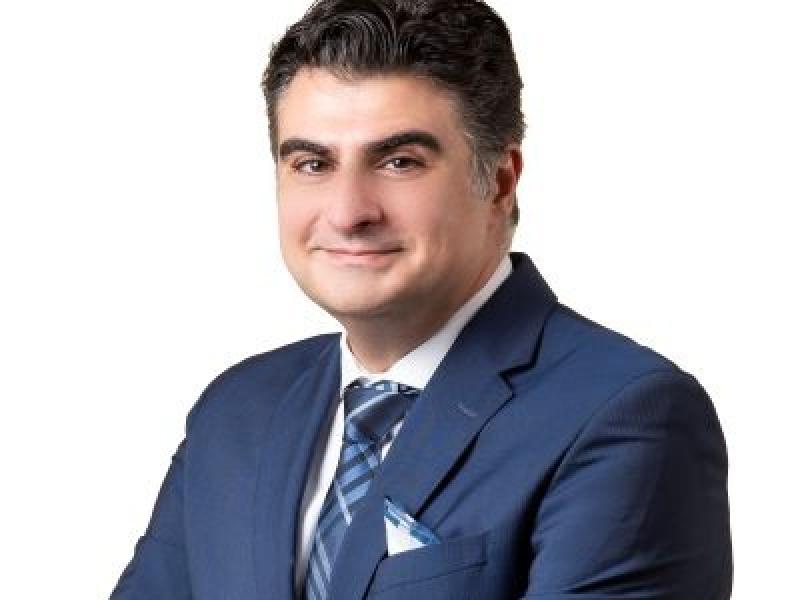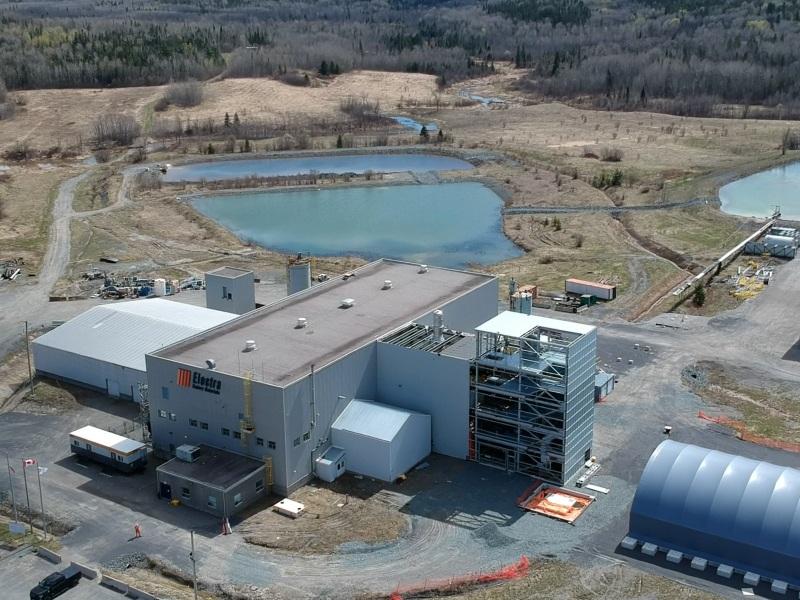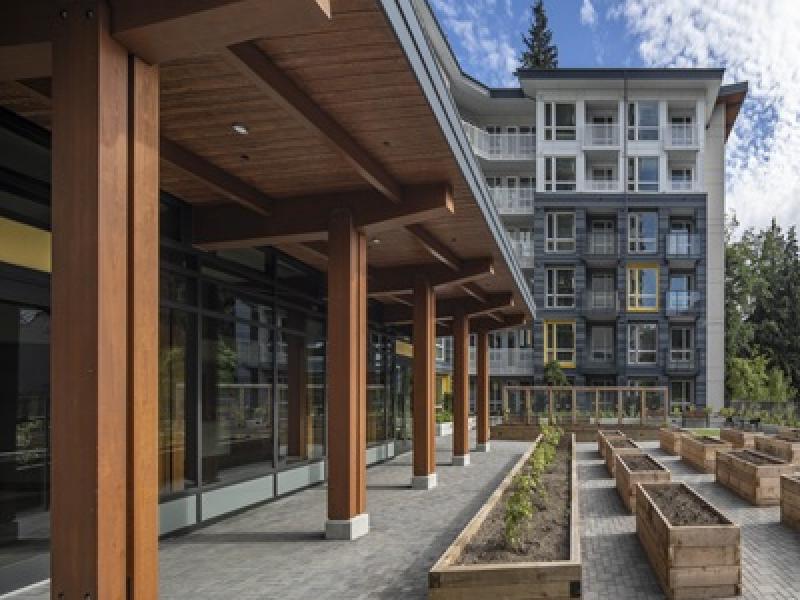
Convertus Group, a London, Ont.-based organic waste processor, plans to build an organic waste facility in York Region expected to be its next flagship site.
With operation anticipated to start by early 2027, Convertus expects the East Gwillimbury, Ont. facility to offset up to 132,000 tonnes of carbon dioxide per year. It will also generate biomethane for conversion into fuel.
Convertus has signed a 20-year, $490-million contract with York Region.
The company is no stranger to this field. Convertus says it is the largest waste processor of its kind in Canada, operating 13 organic waste treatment facilities across the country. It processes approximately 500,000 tonnes of waste and produces 80,000 gigajoules of renewable natural gas (RNG) per year.
“We have very sustainable goals. It’s really about closing the loop for a better future. We do that by empowering communities to give resources new life by turning them into reusable products like biomethane gas and compost,” Convertus CEO Michael Leopold said in an interview with SustainableBiz.
Supporting York Region’s sustainability
The impetus for the York Region facility came from the fast-growing municipality, which sought a local, sustainable solution to reduce trucking needed to transport its organic waste.
York Region ships its organic waste to four facilities in Ontario, covering approximately one million kilometres of trucking per year. Once the new facility is running, transportation distances will be cut to less than 50,000 kilometres per year.
After being received, the organic waste would be pre-processed to remove contaminants like plastics which would be disposed of at landfills. The organic residuals would be inserted into anaerobic digester tanks that break down the waste.
From the digestion, biomethane is produced, which would be captured and filtered for purity. The methane can be repurposed as RNG and sold to utilities.
The organic residues would be pasteurized and converted into liquid fertilizer.
Carbon dioxide produced during the process would be reclaimed and liquified to be turned into food-grade carbon dioxide for local markets.
To fund the construction of the facility, Convertus is planning to raise project financing with a syndicate of Canadian lenders and fund any remaining cash needs through equity from their existing investor base, including Convent Capital as the majority shareholder and a Vancouver-based co-investor. Debt financing will account for up to 70 per cent of the project costs and the remaining balance will be funded through an equity injection from investors.
The projected impacts of the facility
Leopold said the York facility will offset 77,000 to 132,000 tonnes of carbon dioxide per year by diverting organic waste from decomposing in landfills, reduced transportation needs, being powered by electricity, capturing RNG and using heat recovery.
Convertus hopes to have shovels in the ground for the 12-acre facility by the spring or summer of 2024, followed by commissioning in late 2026 and full service in late 2026 or early 2027.
Approximately 15 to 20 employees would maintain the facility. A handful of engineering students from local universities will be tapped for co-op programs, and will also be potential hires for the company.
The first phase is planned for a maximum capacity of 169,000 tonnes of organic waste. The facility’s second phase will accommodate a maximum capacity of 200,000 tonnes of organic waste in anticipation of the expected population growth of Ontario and the Greater Toronto Area.
“Right now, Ontario does not have the organic landfill ban for organic waste, but the PC (Progressive Conservative) government has slated it for 2030,” Leopold said. “That will generate a lot more organics in the marketplace.”
At full capacity, Convertus projects it would produce 169,000 tonnes of fertilizer and 250,000 to 300,000 gigajoules of RNG per year.
To minimize the impact of odours on the community, Convertus is making use of the latest innovations in odour abatement. Leopold said the facility will be equipped with an air processing system that uses ammonia scrubbers to pull the odour-causing molecules out of the air and UV-C light to remove remaining impurities.
Convertus’ ambitions
Leopold has set his expansion sights on the U.S., as there is a large untapped market necessary for his ambition to see Convertus be the largest of its kind in North America within the next five to 10 years. He recently visited California to probe for opportunities in the state.
“Canada is probably 15 years behind the Netherlands and Europe; the U.S. is probably 10 years behind Canada,” he said.










